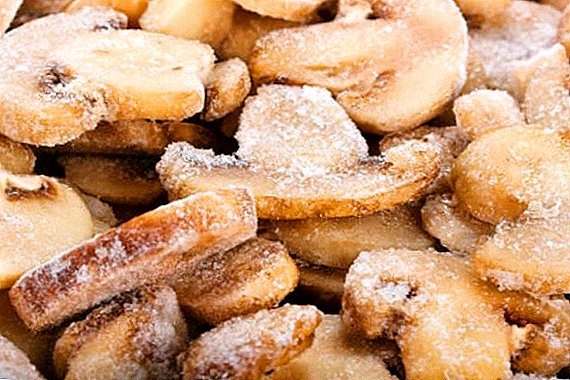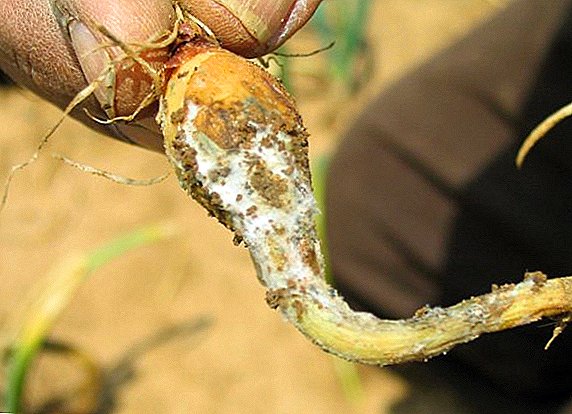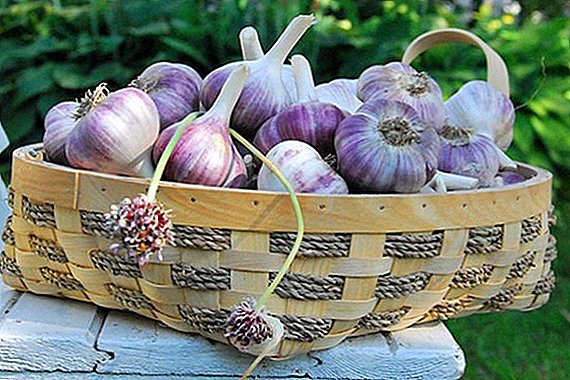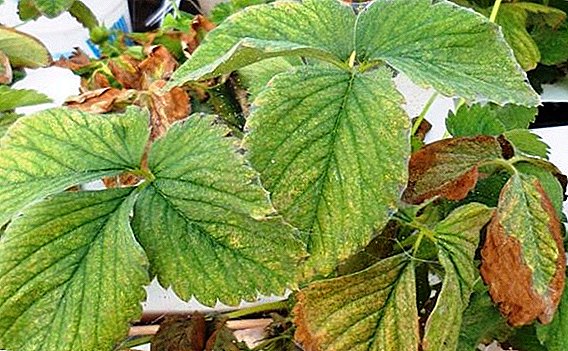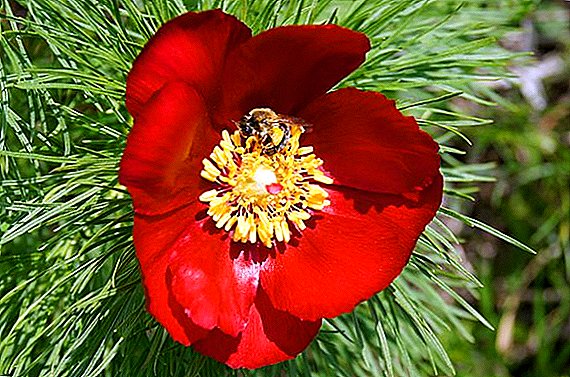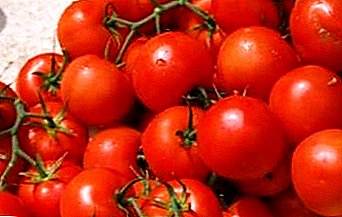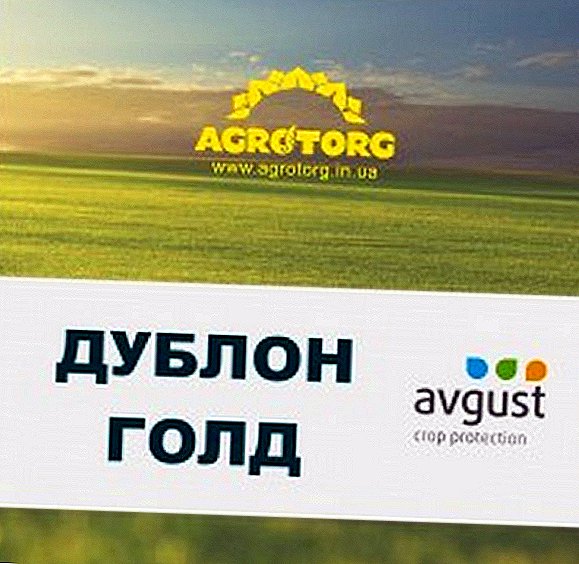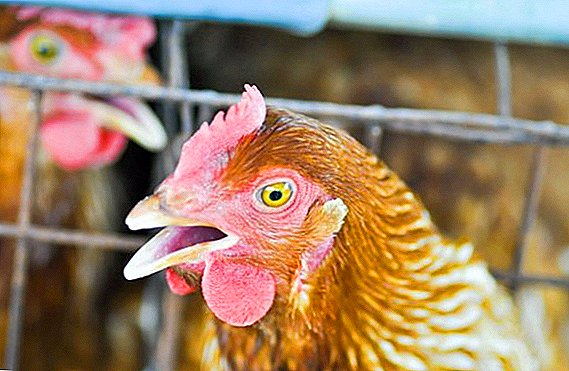 Breeding birds is a very laborious task. Enough to read any encyclopedia, and it will become clear that creating favorable conditions for the livestock is not easy. If diseases also interfere in the matter, then the poultry farmers can only sympathize. Newcastle's disease, which will be discussed, is the most dangerous virus that affects poultry.
Breeding birds is a very laborious task. Enough to read any encyclopedia, and it will become clear that creating favorable conditions for the livestock is not easy. If diseases also interfere in the matter, then the poultry farmers can only sympathize. Newcastle's disease, which will be discussed, is the most dangerous virus that affects poultry.
Causes of disease
Newcastle disease is a severe viral pathology that causes symptoms of a neuro-paralytic nature. It is also known under the names of the Asian plague, pneumoencephalitis, etc. The source of the disease is an infected bird, as well as a bird of infection.
The latter infects the environment with the products of its vital activity, eggs, and also respiration. The spread of the same virus can be a man, and pets, and small rodents, and even insects.
Did you know? Viruses do not belong to living beings, because they do not have cells, but they cannot be called dead either - they have genes and are able to reproduce.It is transmitted through the air, with a huge radius of distribution - up to 10 km. The bird also becomes infected through a common feeder, inventory, clothing and footwear of the poultry farmer, common bedding and a ventilation system.

The virus belongs to the Paramyxoviridae family. This is an RNA-containing pathogen about 150 nm in size. It consists of hemagglutinin, enzymes (for example, polymerase), lipids, carbohydrates. This virus does not tolerate chloroform, heat and ether.
Virus forms
This virus has many variations with varying severity of consequences. There are strains that any, even if not vaccinated, but a healthy bird will transfer without consequences, and there are those that cause mortality of the entire population.
Familiarize yourself with the peculiarities of keeping such breeds of chickens as Foxy Chick, Bielefelder, Kuban Red, Golosheyky, Hayseks, Hubbard, Amroks, Maran, Master Gray, Dominant "," Lohman Brown "," Redbro "," Viandot "," Sussex "," Faverol "," Rhode Island "," Minorca "," Russian White "," Kuchinsky Jubilee "," Zagorsky Salmon Chickens ".
Scourge form
An acute form of a viral infection that causes the death of a large part of the bird farm. Symptoms include coughing and difficulty breathing, conjunctivitis. 
Doyle form
This form is very hard experienced by birds: loss of appetite, muscle spasms, weakness, difficult passage of the nasal sinuses (accumulations of mucus), diarrhea with blood inclusions. The bird often blind, paralysis of the limbs.
Bodetta form
Compared to previous varieties, this one doesn’t have such a crushing effect: two thirds of the population remains. But young chickens suffer more than adults and often die after severe damage to the nervous system. This form can be used in the manufacture of live vaccines.
Hitchner Form
The easiest (relative to all others) strain. The bird loses its appetite, becomes lethargic, decreases overall performance. Due to its low virulence, it is this form of virus that is suitable for creating most vaccines. 
Who is affected
Both domestic and wild birds are subject to the disease. The course of the disease depends on the type and age. Turkeys and chickens suffer from pneumoencephalitis much more often and heavier than ducks and geese. Man rarely becomes infected, but is an excellent carrier of infection.
The effect of the disease on humans
For adults, the disease is not dangerous. But still it is possible to get infected - upon contact with a sick bird, since the transmission of the virus occurs through the air. The habit of rubbing eyes with dirty hands can also play a cruel joke. The incubation period for a person is a week.
It will be useful for you to read about why chickens peck eggs, what are the pros and cons of keeping chickens in cages, why chickens do not carry well and why chickens carry small eggs.
The symptoms are very similar to the first signs of the flu: weakness, some fever, runny nose. Conjunctivitis or diarrhea is possible. Preventive measures are to thoroughly wash and handle hands after working in the house, not to use raw eggs, to wear a mask during vaccination. 
Important! The virus is dangerous for children! Despite the fact that such cases are rare, in severe form, the virus can cause brain damage in a child.
Spread on other birds
Geese, unlike chickens, have a more stable immunity. Nevertheless, they are also vaccinated, especially since geese are often carriers of the virus and excellent transmitters. The same can be said about ducks.
Therefore, they are carefully protected from contact with wild relatives and rodents. Turkeys suffer atypical plague, suffer in acute form and die in just a few days. Newcastle's disease also affects ornamental birds.
For example, parrots have convulsions and paralysis. Sparrows and pigeons can be seen uncoordinated movements, loss of balance, convulsions. The bird can not eat and soon dies from exhaustion and partial paralysis. 
Diagnosis and treatment
Diagnosis allows to exclude diseases, the symptoms of which are very similar to pseudo-pills. For example, typhus, cholera, or the real plague. The diagnosis is made taking into account the clinical picture of the disease, as well as mandatory laboratory tests for the classification of the virus and determine the severity of the disease. Researches concern a brain, respiratory organs, a liver.
We recommend to familiarize yourself with the rating of chickens of egg and meat breeds.
Symptoms and description of the disease
Another name for Newcastle disease is pseudo. Most often, it proceeds rapidly, in an acute form, and also spreads rapidly, causing a large bird mortality rate.
The disease is viral, affecting the gastrointestinal tract, respiratory system, central nervous system. If the bird has received the necessary vaccination, but has a weak immunity, then in such an individual the disease is asymptomatic, without pronounced pathologies. 
Did you know? It received its original name of the pseudo-plow in connection with the first epidemic in 1926 in the city of Newcastle, England.
The period of development of the disease (incubation) ranges from three days to a week, in rare cases, twice as long.
The clinical picture depends on many factors:
- age of the diseased individual;
- the conditions in which the bird is contained;
- type of virus.
General signs of the disease consist primarily in partial and then complete loss of appetite, in elevated body temperature (up to 44 ° C), depressed state, respiratory failure, corneal opacities. Constant accumulations of mucus in the beak become visible even from the side. With a very rapid course of the disease, the symptoms do not have time to appear, the bird dies suddenly. 
Symptoms of the acute form of the disease:
- coughing, sneezing;
- breathing through the open beak;
- liquid green feces (sometimes with blood inclusions);
- paralysis of the legs, neck, and wings;
- inadequate behavior (walking in circles, wobbling, etc.).
With such a course of the disease, just a week is needed so that the affected individual dies against the background of severe exhaustion and damage to the central nervous system. This disease is usually caused by Asian pathogens with high pathogenicity.
Symptoms of chronic pseudocnomas:
- hyperexcitability;
- tremor, convulsions;
- paralysis of the legs, wings;
- exhaustion;
- twisting the neck.

Measures to eliminate the disease
Unfortunately, despite the more than a century history of the disease, the treatment of the Asian plague is impossible. All that is in the power of every responsible bird house is to prevent the virus from spreading. Therefore, a whole range of sanitary measures is carried out, which will be discussed below.
Economic losses
Pseudoencephalitis causes severe and sometimes irreparable damage to poultry farms, as in severe forms 90% of the livestock die. In addition, the farm owner has to pay the costs of disposal of infected individuals and sanitary treatment, as well as vaccination, which is a significant amount for small private farms.
Prevention
Everyone knows that a disease is better to prevent than to cure. Therefore, on poultry farms, all young birds are given appropriate vaccinations.  Disinfection of poultry houses and all household premises is carried out at least twice a year. It is known that the virus pathogen is sensitive to sodium hydroxide solution (2%) and bleach solution (3%).
Disinfection of poultry houses and all household premises is carried out at least twice a year. It is known that the virus pathogen is sensitive to sodium hydroxide solution (2%) and bleach solution (3%).
Important! Metal equipment can corrode from chlorine or alkali, therefore it is treated with formalin (wet method).
The farm should be fenced, and access is allowed only to employees. It is necessary to take measures to prevent the penetration of infected eggs, poultry, implements, feed, bedding. If the farm has suffered an epidemic, quarantine is extended for a month even after the slaughter of a sick bird and complete sanitary disinfection.
In order to prevent further spread of the disease, birds and eggs are destroyed after slaughter. Down and feathers from sick birds, as well as from those suspected of being infected, are burned. Carcasses and offal "suspects" can boil and use for household needs.
Sanitary activities
To summarize, the main sanitary measures are vaccinations of healthy birds, disinfection and slaughter of sick birds. On vaccinations dwell in more detail. 
Livestock vaccination
The use of a vaccine depends on the area in which the poultry farm is located, since the areas are divided into prosperous and unfavorable for the Newcastle disease.
The most disadvantaged are the southern part of Russia and the North Caucasus. Since during the period of vaccination the bird needs increased immunity, try to add vitamins A, B (the whole group) and D to the diet.
Types of vaccines
Proper selection of the pathological material helps to find the right vaccine.
Learn more about treating chickens such as pasteurellosis and colibacillosis.
Inactivated
This vaccine is considered the safest for poultry. It is desirable to replace a live vaccine with an inactivated one if it is a question of preventive measures, that is, an increase in immunity in an initially healthy population.
Video: Chicken vaccination Also, if a highly virulent virus circulates on the chicken farm, and the detected antibody titer is 1: 1024, then the use of a live vaccine will not protect the bird from the field virus, even if it is vaccinated often.
In this case, day-old chicks are vaccinated (during one turn of rearing), and then you can continue the prevention of Newcastle disease with live vaccines. In Russia, since the Soviet times, it is customary to use a liquid inactivated vaccine.
It is used when the bird reaches 120 days old. Immunity persists to six months. Modern enterprises that produce vaccines, now offer a comprehensive, immediately from several viruses.
The dosage form of such a vaccine is an emulsion for injection. During storage, some peeling is allowed, which is easily eliminated by agitating the bottle.  Living naturally weakened The vaccine contains liquid obtained from dead infected embryos (strain La Sota, Bor-74, H, etc.), as well as skimmed milk or peptone as a protective medium.
Living naturally weakened The vaccine contains liquid obtained from dead infected embryos (strain La Sota, Bor-74, H, etc.), as well as skimmed milk or peptone as a protective medium.
The liquid is obtained as follows: a suspension is prepared from the organs of a dead infected bird, which, under the supervision of specialists, infect nine-day chicken embryos; then these embryos, after all laboratory tests, are used to prepare the vaccine.
It should be noted that embryos that died within 96 hours are eliminated and only live, cooled to 4 degrees remain. Dosage form - tablets that are diluted and used for watering or instillation of birds.
The advantage of this vaccine is that it gives a quick effect. But the duration of her action is low - only a few months. The age of vaccination, as well as its conditions depend on the manufacturer of the drug and are always indicated in the detailed instructions.  Living laboratory weakened This vaccine is not much different from the previous one, except that the weakening of the strain occurs in the laboratory, and not by complex manipulations with the infection of embryos and their subsequent processing.
Living laboratory weakened This vaccine is not much different from the previous one, except that the weakening of the strain occurs in the laboratory, and not by complex manipulations with the infection of embryos and their subsequent processing.
The main thing to consider is the reactogenicity of live vaccines. A bird may get respiratory disorders, its productivity may decrease. Therefore, enhanced fortified nutrition is necessary.
Vaccination Scheme
When vaccination is very important to strictly follow the instructions, as well as some general recommendations. For example:
- You can not use vaccines with strains "B1", "C2", "VH", if we are talking about chickens, who are only a day old. These vaccines will negatively affect their development and subsequent offspring.
- The vaccine with the "Clone-30" strain is used individually, for example, for a parrot or other ornamental bird. In the farm, it is not effective.
- The most popular strains for agriculture are La Sota and Bor-74.
- The instructions are always clearly prescribed dosage, it should not be changed or broken.

Important! In Europe, unlike in the CIS countries, the La Sota strain is no longer used due to its high reactogenicity.Vaccination is carried out by spraying, individual instillation into the nose or eyes, as well as by watering (in the case of infection of a large number of birds).
How to dig in
- In a bottle with a vaccine pour saline at the rate of 0.1 cu. cm 1 dose.
- The resulting solution is pipetted and instilled into the nose according to the scheme: one nostril is closed, in the second two drops.
- If you can not drip nose, drip eyes.

How to drink
- Calculate approximately how much one bird drinks water for one and a half hours, and take 10 doses of the intranasal drug for this volume (consult the instructions).
- Before watering it is necessary to pause and not to feed the bird (3 hours are enough for meat breeds, time for the hens doubles).
- Pour a solution at room temperature into thoroughly washed drinkers (skimmed milk can be added to better dissolve the drug).
- Let the birds to the drinkers.
- Before giving plain water, soak for several hours after the vaccine is completely drunk.

How to spray vaccine on chickens
Spraying of day-old chicks is carried out as follows:
- Disable ventilation.
- Chickens are planted in boxes or in special spray booths.
- The vaccine is diluted at the rate of 1000 doses per 200 ml of water at room temperature (consult the instructions).
- Lighting is minimal.
- The solution is poured into special built-in containers, if it is a cabin, or into any other sterile spray container, if it is boxes.
- Spraying of the drug produced above the chicks from a height of 40 cm.
You will probably be interested to read about the best breeds of laying hens, about the rules of their maintenance, as well as how to make a nest and carries for laying hens, how to breed layers, what to feed them, what vitamins are needed for laying hens.
In any situation associated with viral diseases, it is best to take preventive measures and maintain them at the proper level. Do not forget to vaccinate birds using effective means. If the epidemic still has not bypassed your chicken farm, do not despair, follow the instructions and conduct the necessary laboratory tests. 
Reviews from the network



